SaGa games have a weird place in the Square Enix canon, especially over here in North America. They’re games that look like your standard, old school JRPG romp, and even share a lot in common with the bigger games like Final Fantasy. But beneath the surface, SaGa games are far more interested in veering off the beaten path.
When JRPGs were just barely starting to build up steam here, Square’s more experimental titles weren’t even allowed to stand on their own, having Final Fantasy branding bolted on like a marketing Frankenstein.
That’s why this release, Collection of SaGa: Final Fantasy Legend has such a bizarre title. SaGa is just SaGa, except for when it was Final Fantasy Legend, much like the first Mana game was branded as Final Fantasy Adventure.
The early years of the Game Boy was a smorgasbord of experimentation and licensed anime puzzle games, and SaGa was Square’s first shot at a handheld RPG. The project was led by Akitoshi Kawazu, who remains at Square Enix today and was the combat designer for the infamous Final Fantasy II.
That context is important, because you can trace the ideas you’ll encounter throughout SaGa’s lifespan back to that game.
Collection of SaGa Final Fantasy Legend Review
Final Fantasy II is often seen as the “worst” one, by fans at least over here in the west. It’s harder to tell in Japan without being there, but it’s certainly been re-released several times.
It’s a controversial sequel, because it tossed aside JRPG conventions in favor of being more obtuse, forcing fans to think differently about their approach to getting stronger. While Final Fantasy dropped Kawazu’s systems right after, they lived on in the games represented in Collection of SaGa.
What you’re looking at here is a pretty straightforward set of Game Boy games, the first three “Final Fantasy Legend” titles, or SaGa if you swap over to the Japanese menu. The emulator wrapper offers a few goodies, such as a collection of cute borders and a couple screen size options.
You can even hold your Switch in “Tate Mode” and use virtual buttons as if you’re playing a Game Boy. Each game also has a speed setting, which is probably my favorite part.
Many retro compilations or re-releases have speed-altering options, such as the battle speed settings in recent Final Fantasy ports. But in Collection of SaGa, setting the games to “fast” doesn’t interrupt the form or function.
Your characters just move more quickly than they did in the original games, but otherwise the music, visuals, and structure remains intact. It’s basically a walk speed hack that doesn’t touch anything else. It’s great because while I love these games they can be painfully slow, but I also don’t vibe with emulator settings that alter the experience.
Once you pick a game, you’ll be playing the Final Fantasy Legend series in its originally localized form. So you’ll be dealing with creaky old Game Boy localization tropes, such as words smashed into themselves and strange text cadence from memory constraints.
If you can read Japanese you’ll be able to check out the more pure vision, but ultimately the charm of Game Boy games is partly how much could be crammed into each project.

If you’ve never played these games before, you’re going to have a hurdle to pass over. You will be given choices that have no explanations, and it’s entirely up to you to decipher everything you run into from shops to using key items. This would be easy in a more traditional, Dragon Quest-like game, but SaGa wields its obscurity like a cudgel from the start.
Choosing a class determines each of your party members’ progression structure, and many of those structures depend on RNG. Unless you’re a human in SaGa 1, in which case you just pump them full of drugs. It’s hard to tell if that’s a reflection of healthy nutritional intake or PEDs, but I like to think it’s a little of both.
There’s no shame in using a guide to get through SaGa games. They do better with onboarding as time goes on, but these first three are pretty unfriendly, dropping you into systems you may have never seen before without a clue. But for me, guide or not, there’s an odd appeal to figuring out how those systems work, and turning that knowledge into a journey of self-improvement.
It isn’t like a Dark Souls or whatever in which you’re getting better as a player through failure. Instead, it’s more like deciphering a new language or methodology, then using that knowledge to find out how strong you can get.

It’s a grind, but a grind that’s more mentally engaging than just passively collecting experience points. You’re constantly paying attention to what’s happening in fights, making sure to keep track of any changes that happen, such as your mage characters learning and forgetting new spells, or the results of feeding your monster a new kind of meat.
You’re also constantly thinking about your money and equipment, as you need funds to buy more weapons when the old ones break down, buy items if you need them, and most importantly afford increasingly expensive Inn stays.
Each game introduces something new, or makes noticeable changes to what sticks around. You can really feel the spirit of experimentation as you make your way through each new SaGa.
Some foundational rules also get cemented starting with the second game, so if you’re a more recent fan or just exploring the series for the first time, by the time SaGa Frontier Remastered comes out you’ll be able to see and feel that context.

Naturally, SaGa being “weird” means its appeal is limited. You have to be able to push through weapon degradation, money troubles, getting lost, being murdered by simple encounters, and losing stuff you relied on. There are some roguelike-like affectations here, although with unique applications.
If you play JRPGs to just relax and grind levels or enjoy a big, melodramatic story you won’t feel comfortable here. SaGa is more interested in concepts and themes over exposition and access, and that takes a particular kind of gaming appetite.
Going into Collection of SaGa, I already had an attachment to this series. I already have a couple physical Game Boy carts, and subsequent titles in the series. I’m already looking forward to what’s next in SaGa. It’s an easy sell! So the next question is really whether or not an outsider can feel comfortable getting in on this action.
How does Collection of SaGa fare as a historical document? Or, as a starting point for someone who knows of SaGa but hasn’t taken the plunge yet? Honestly, it’s hard to say.

There are hints of care here, and a couple bells and whistles. But it feels like this release assumes you’re already on board. And in Japan, most of the audience is! The fancy physical release over there speaks volumes. In our neck of the woods, SaGa largely shows up as a digital exclusive, although the series has been making an ostensible comeback lately.
I have an interview on the subject in progress, although it isn’t ready yet at the time of this writing. Either way, it’s unclear Collection of SaGa sticks out among its other eShop peers. Obviously, I hope it does!
There’s some cool art, and a really nice arrangement of the original SaGa theme on the title screen. It’s a neat touch to be able to swap regions, and also see the differences in box art and whatnot. But beyond that there isn’t much context that explains why a pack of three Game Boy games is notable.
There aren’t any museum-like features, background info, so on and so forth. It’s weird, considering how crucial SaGa, especially the first one, is to Square history. It would be nice to see Square Enix take a page out of the Digital Eclipse book, but that doesn’t seem to be on the table for now.

You’ll have to get your history lessons elsewhere, but aside from that you can’t go wrong with Collection of SaGa. This is solid emulation with some extra options to play with, and it’s your only other option to play these titles outside of downloading ROM files or buying expensive cartridges secondhand.
It’s cheap and easy, looks nice, and fits right in with the Romancing SaGa remakes and SaGa Scarlet Grace. Having easy access to these spunky little grindfests is a wonderful thing by itself.
Collection of SaGa Final Fantasy Legend seems like it won’t be much of a convincer for folks not already on board. It doesn’t do much as a product to contextualize itself, and using the Final Fantasy Legend moniker is weird and incomplete. These are awesome games though, and perhaps the best way to play them in 2020.
If you’re curious about the origins of SaGa, or the stranger parts of early Final Fantasy history, you’ll want to check this set out. If you’re looking for a more informative package to serve as a historical text, you’ll be disappointed.

Frankly, I’m a little salty about not having a physical case to put on the shelf next to Collection of Mana. But I also understand the more niche position SaGa is in, so it’s kind of a bittersweet saltiness.
You know, there’s a little caramel in there too. Collection of SaGa contains one of the more fascinating chapters of Square Enix history, and I encourage any longtime or new Final Fantasy fans to check it out. Like I said earlier there are hurdles here, but with some real JRPG treasure on the other side.
Pros:
- Three amazing Game Boy JRPGs for a low price
- Solid emulation with nice borders, a goofy Tate Mode bonus and a respectful speed option
- Rewarding, albeit challenging systems and obtuse storytelling
- Japanese versions included
Cons:
- Very light on historical context, making the inherent hurdles more hurdle-y
- Final Fantasy Legend branding is an odd choice to maintain or spotlight, especially considering the box art couldn’t be used
- Some of the menu controls are weird
Score: 8/10
A copy of this game was provided by the publisher for review.

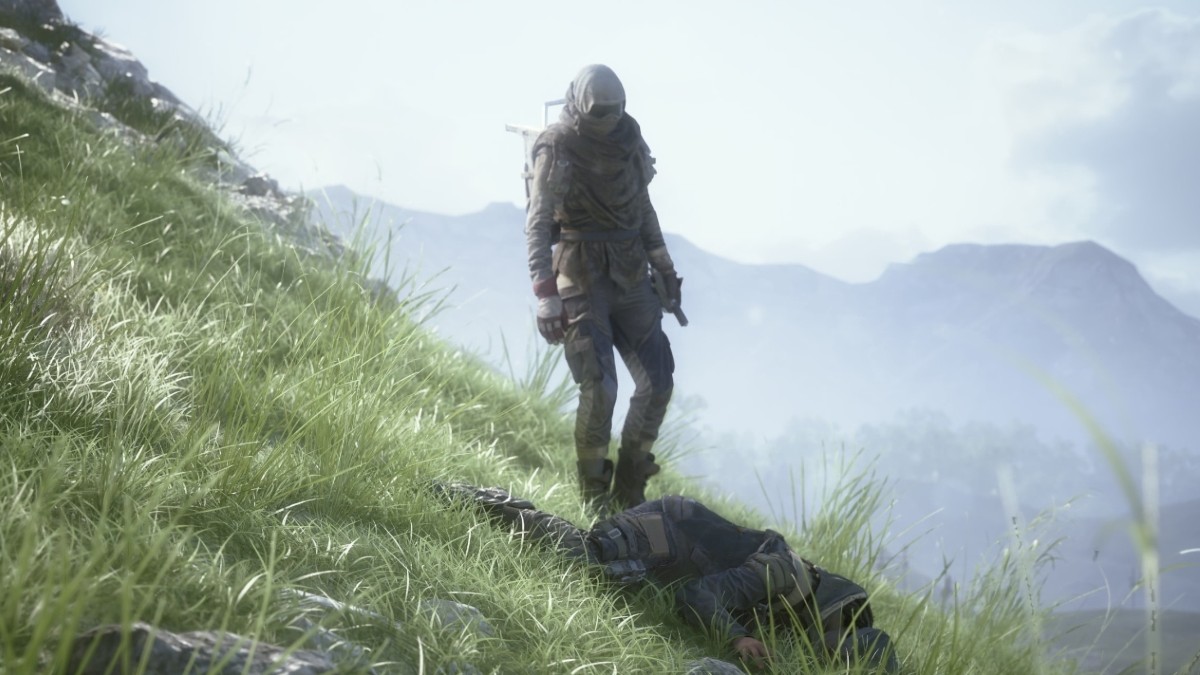

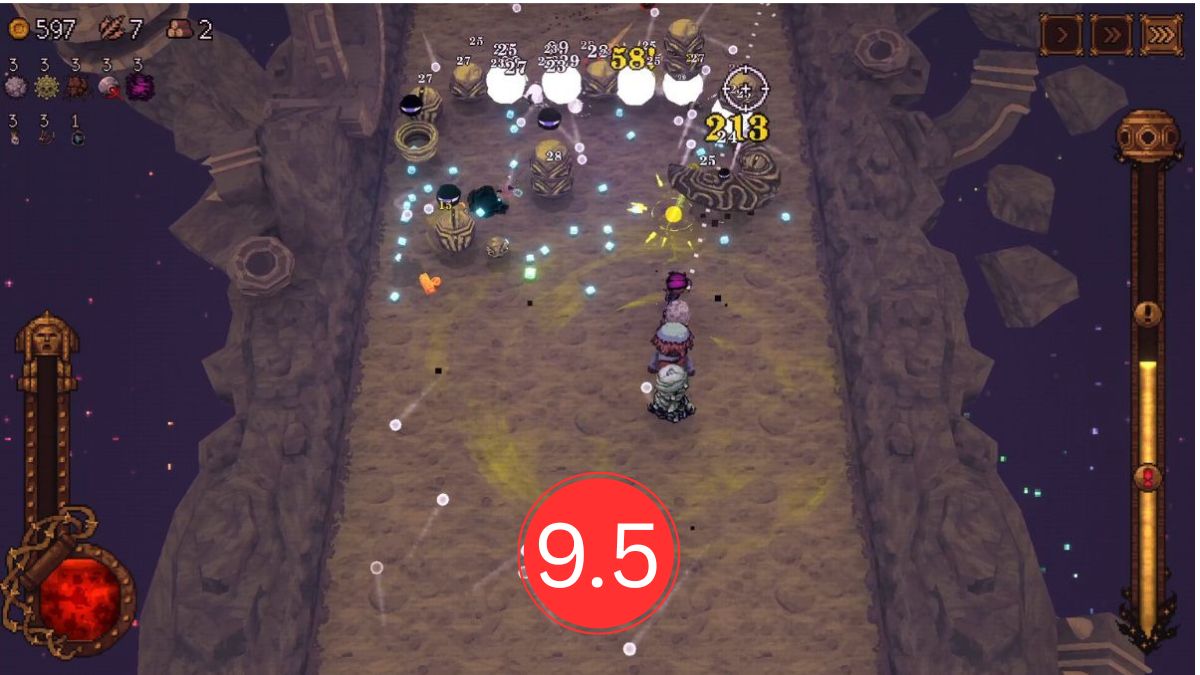

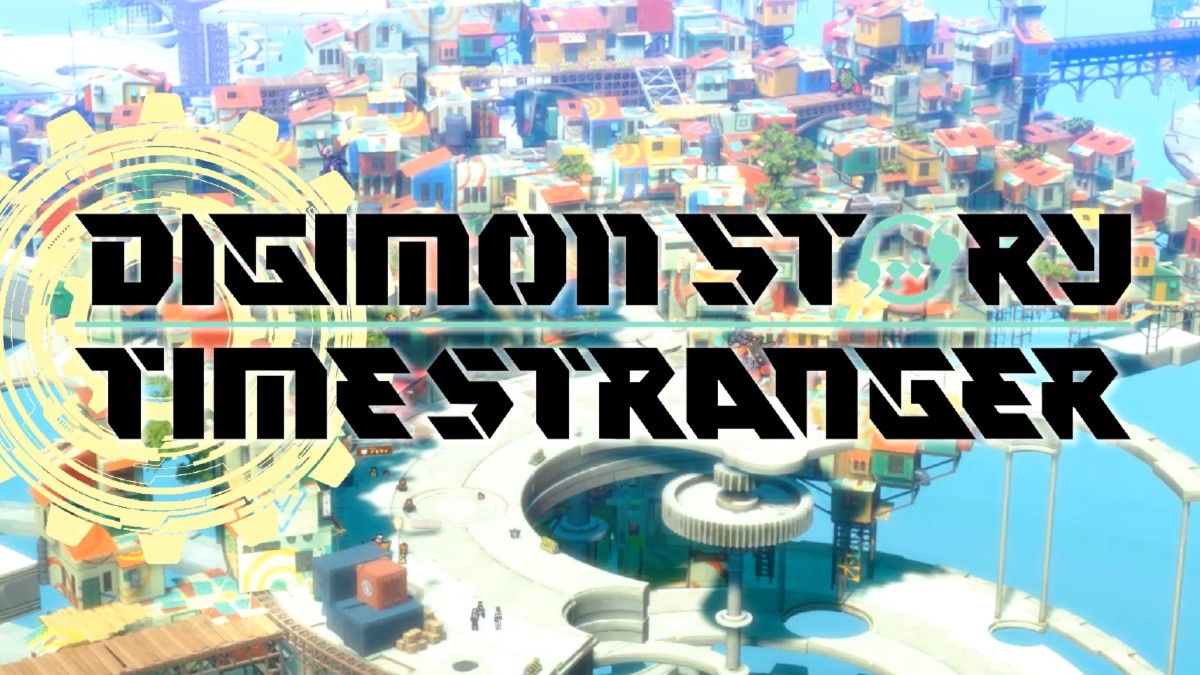
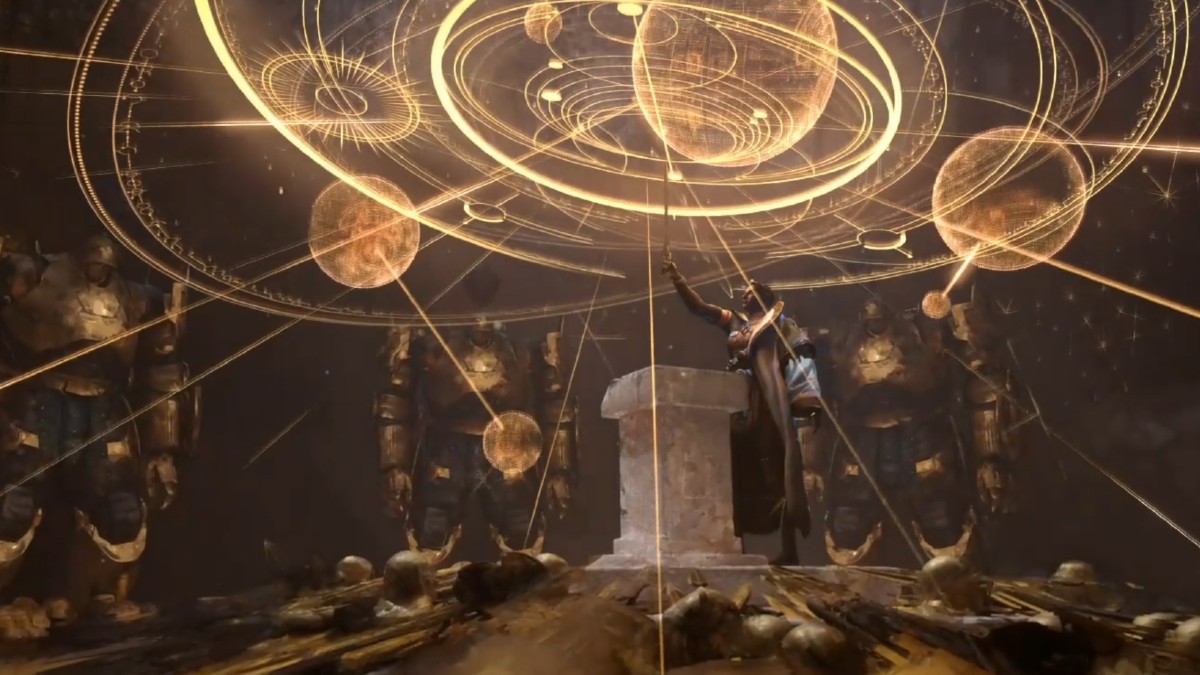




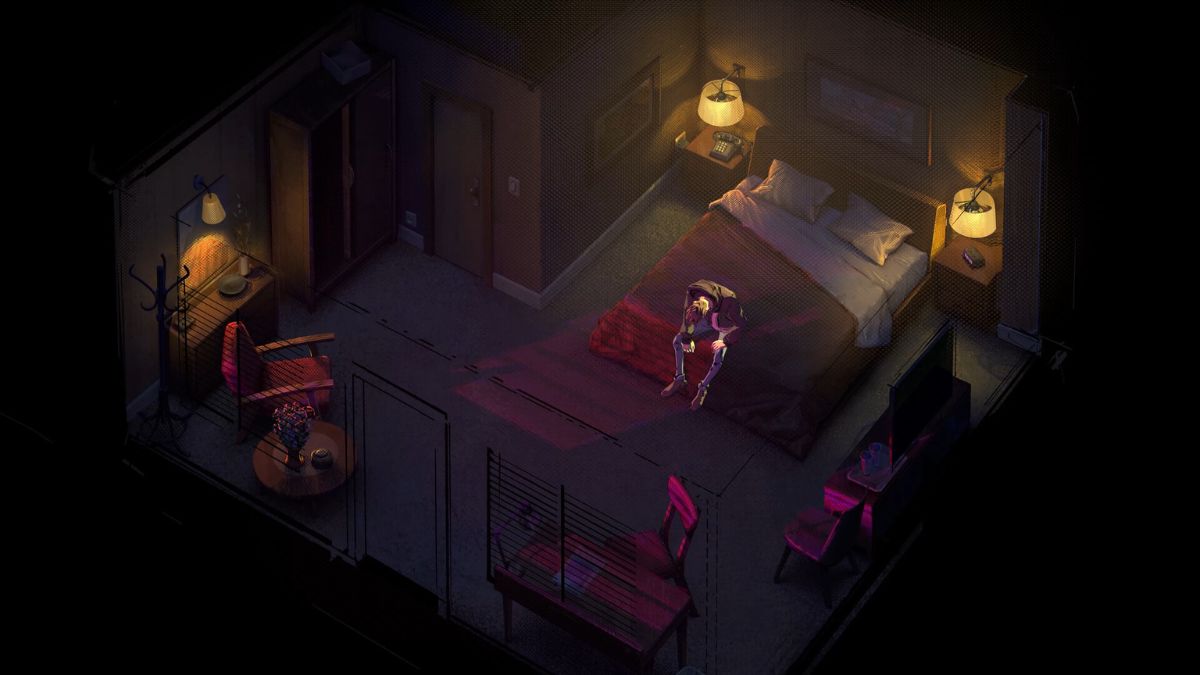
Published: Jan 6, 2021 05:41 pm